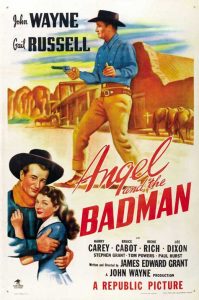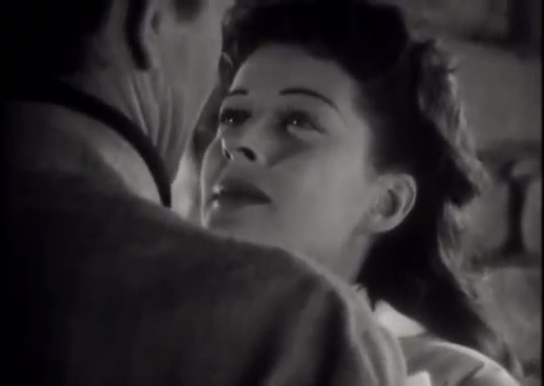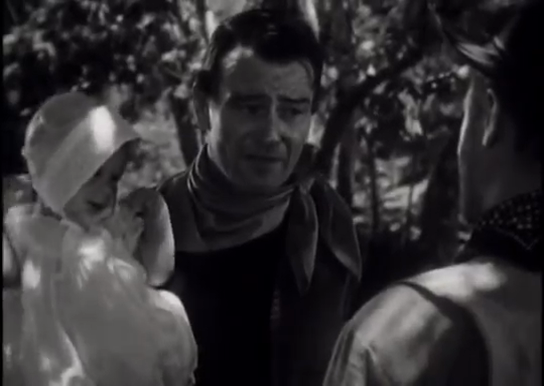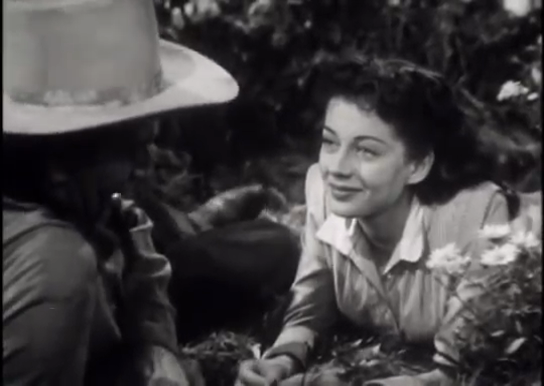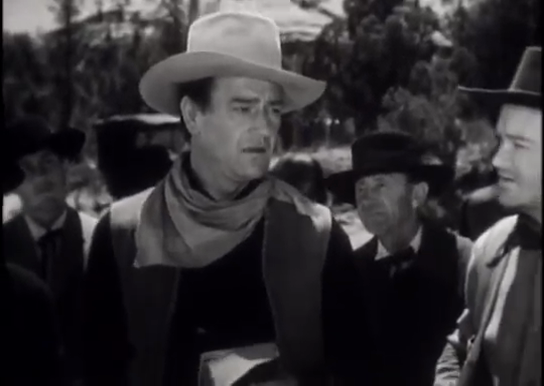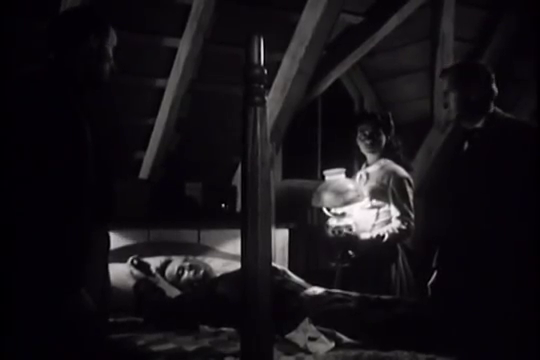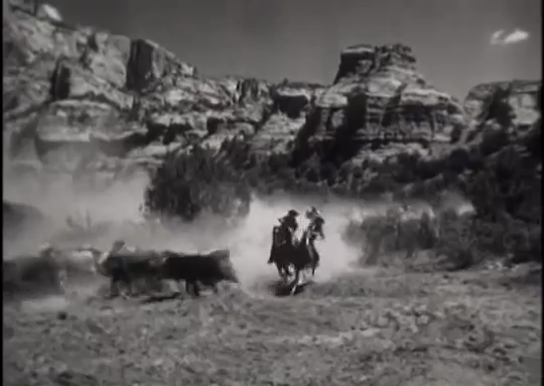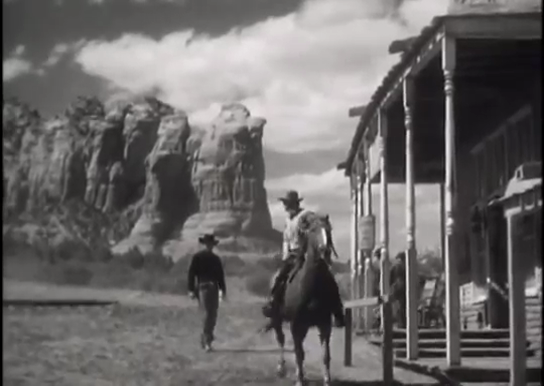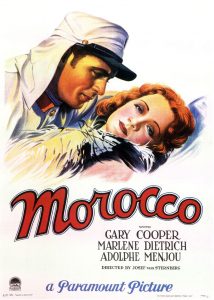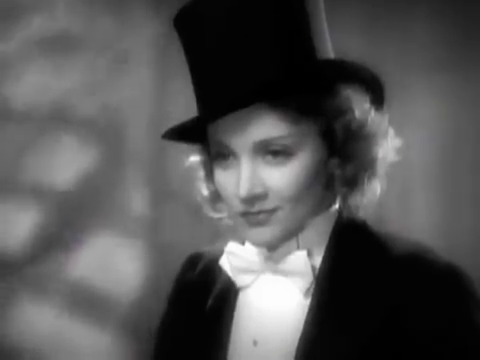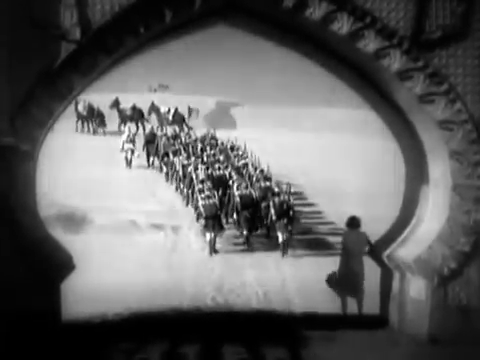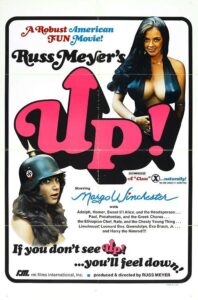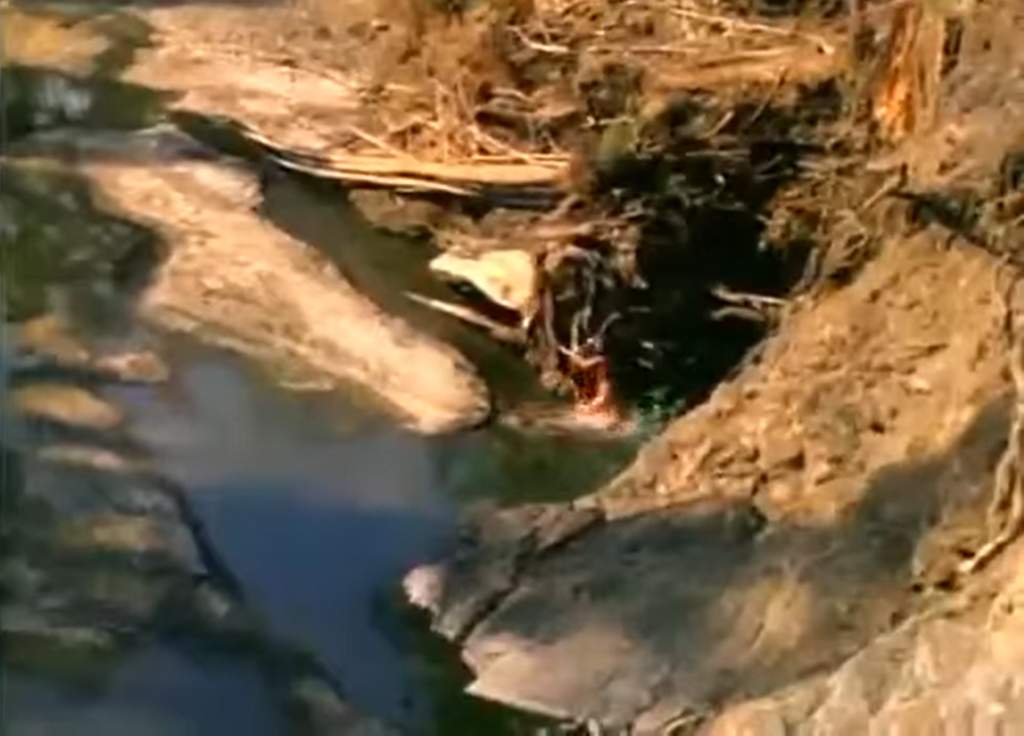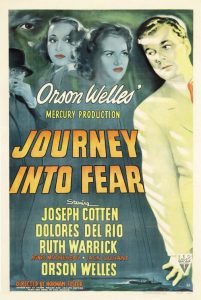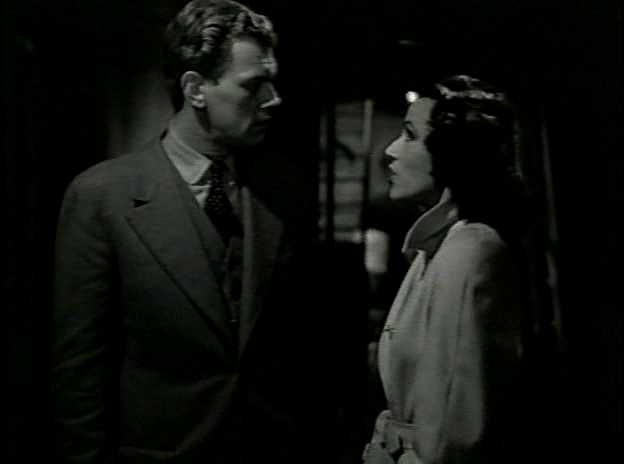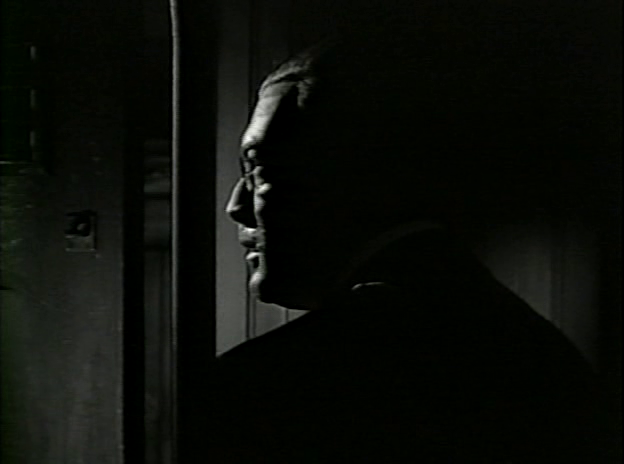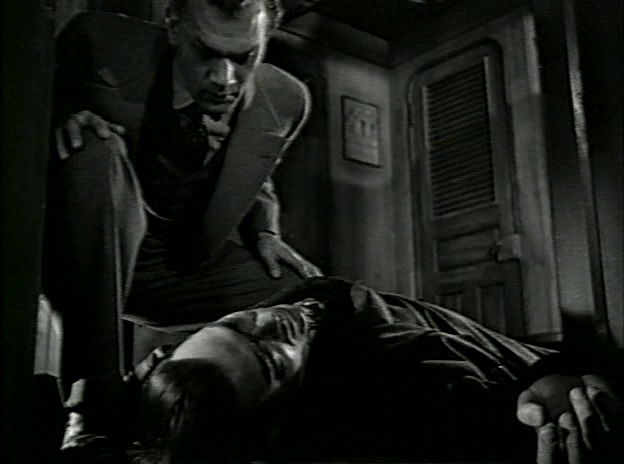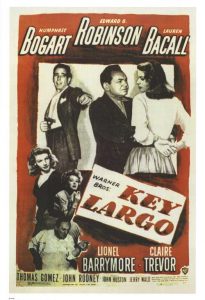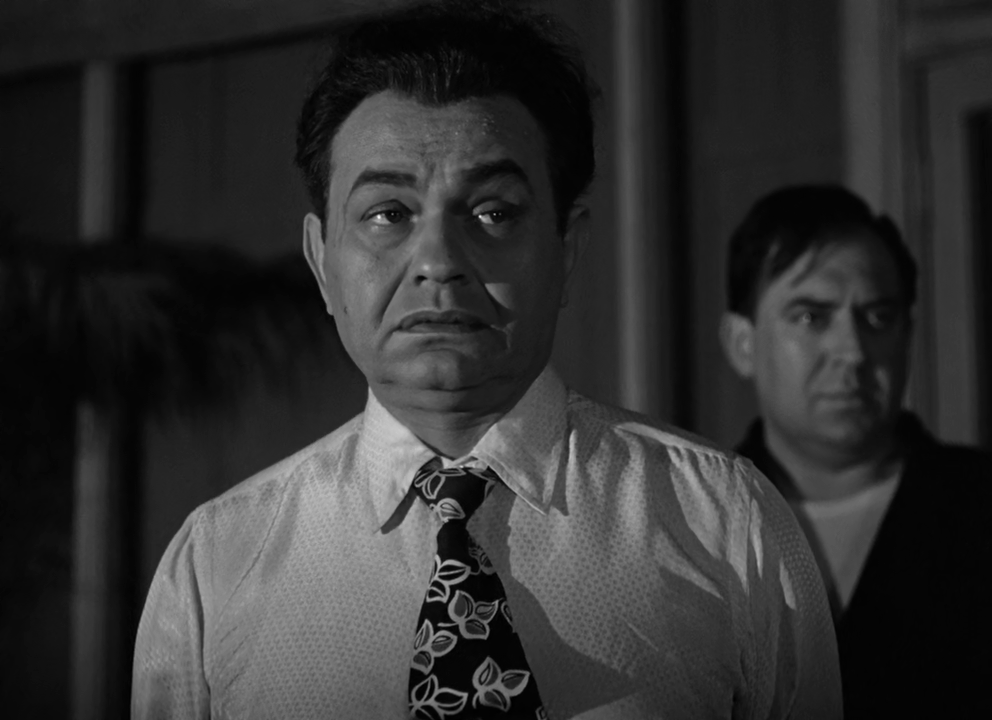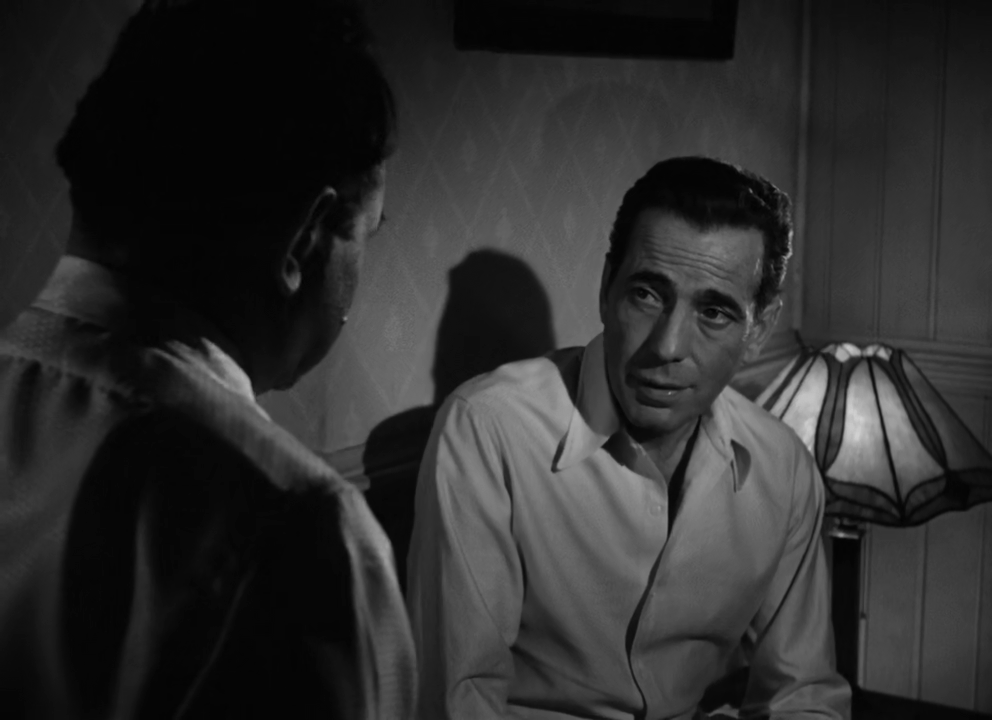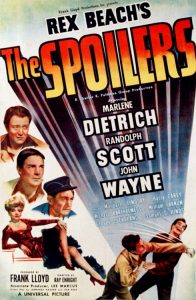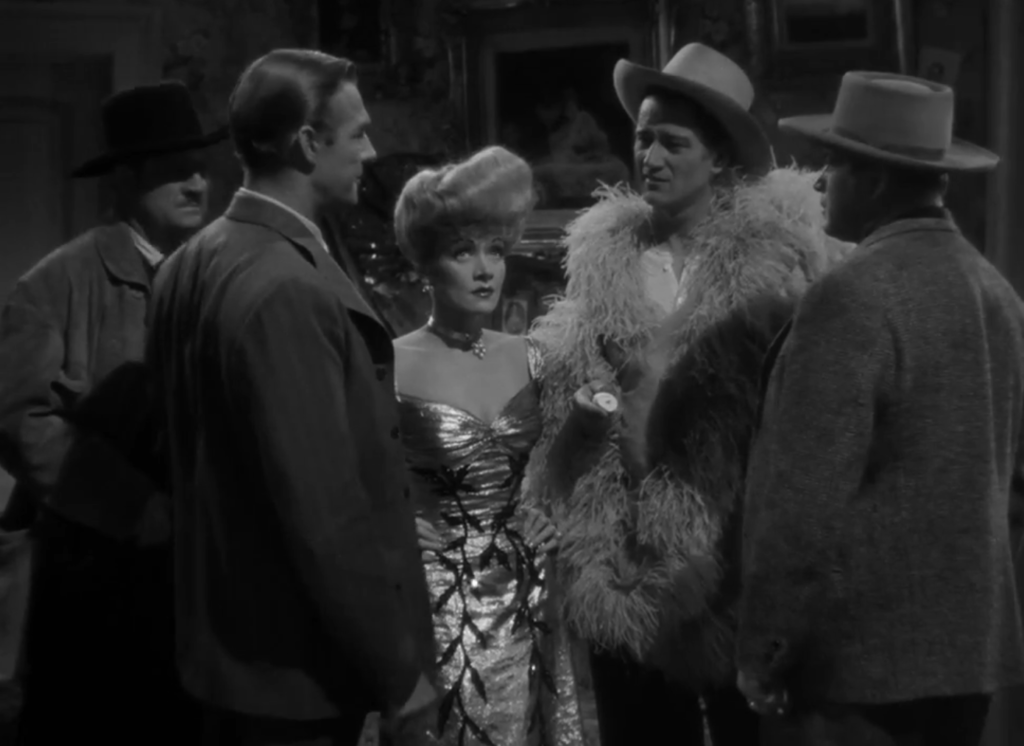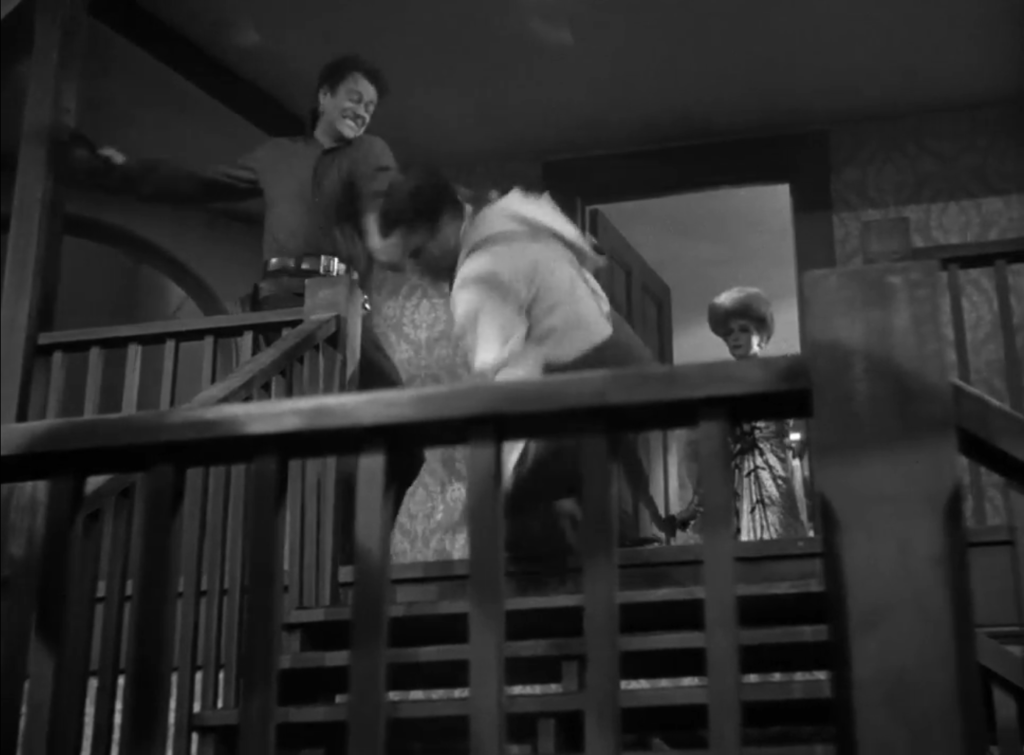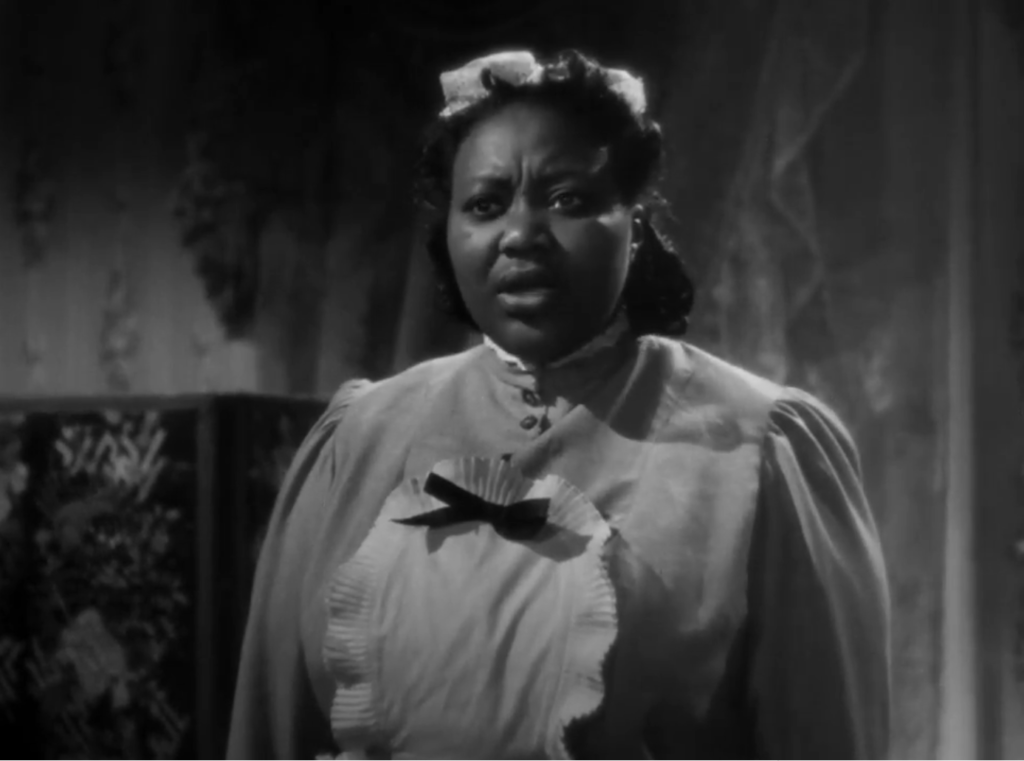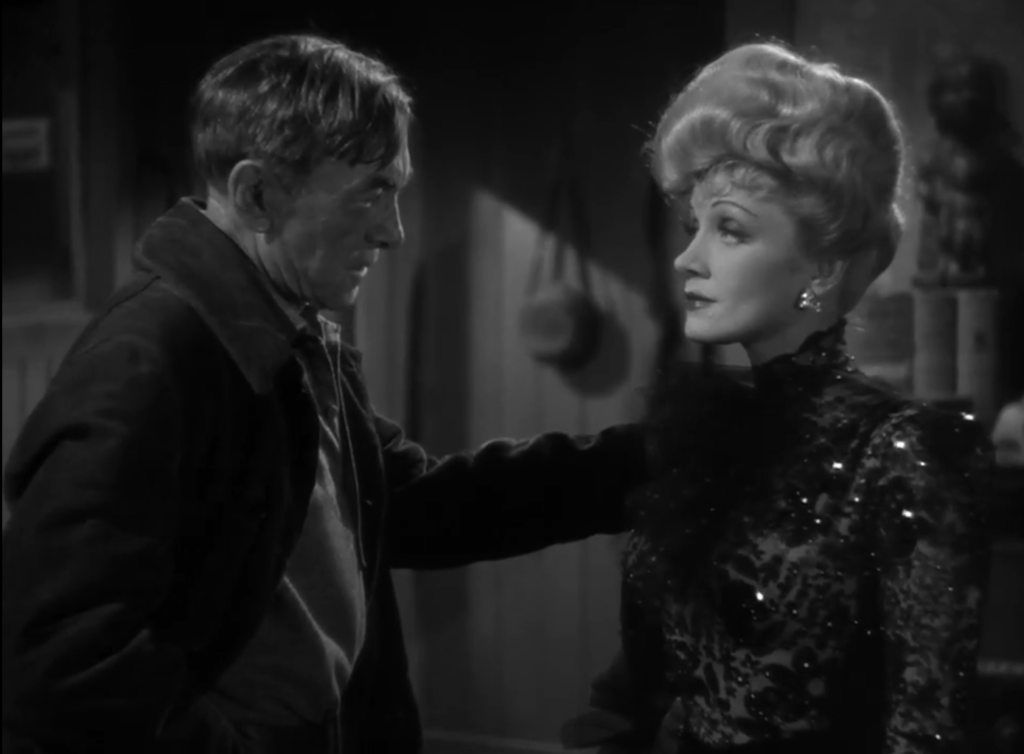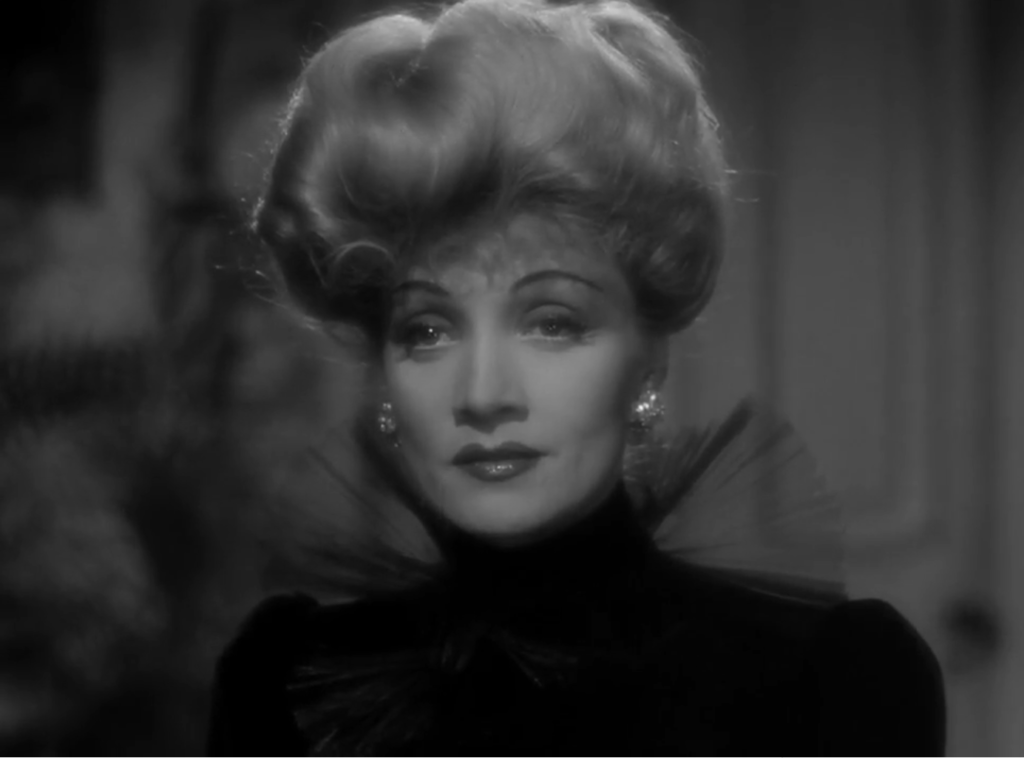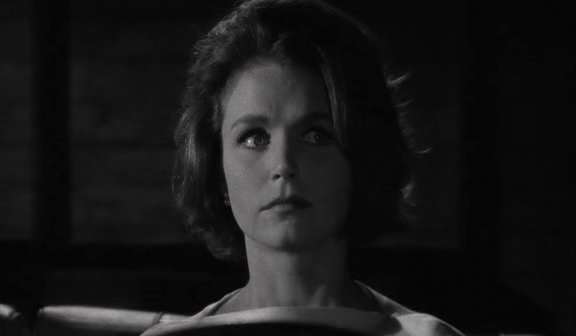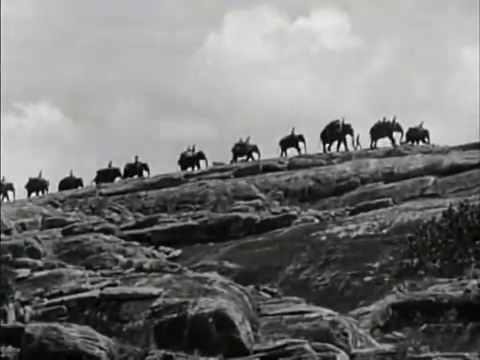Angel and the Badman (1947)
“Only a man who carries a gun ever needs one.”
|
Synopsis: |
|
Genres, Themes, Actors, and Directors:
Response to Peary’s Review: The cinematography — with much location shooting in Arizona, including Monument Valley — is nicely done, and there are numerous touching and/or humorous scenes, such as when Wayne is stuck holding a baby at a Quaker gathering. The story-line is simple, but filled with genuine tension and many unanswered questions: Is Penny’s love for Quirt simply naive infatuation, or something deeper — and vice versa? Will Penny’s parents (Irene Rich and Stephen Grant) tolerate her love for a gunslinger? Will Quirt be able to evade both his sworn enemy (Bruce Cabot) and the lawman (Carey) determined to catch him? Can — and should — Quirt convince Penny that she’s better off with a steadfast Quaker suitor (Marshall Reed)? It’s a delight to watch and find out. Redeeming Qualities and Moments:
Must See? Categories
Links: |
